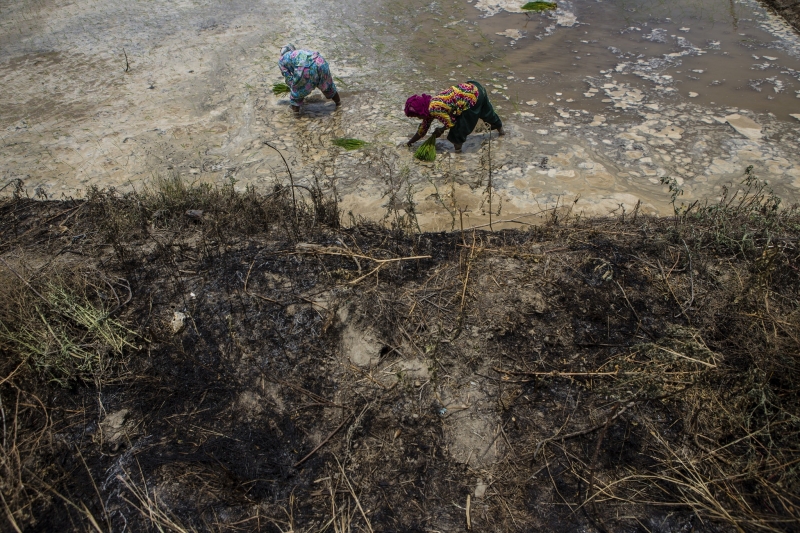Can resilience go digital?
- From
-
Published on
12.12.18
- Impact Area

Disasters typically hit hardest at the most vulnerable populations among us. Such people often have the poorest access to information and the weakest tools to help them prepare or recover. In developing countries, this includes smallholder farmers, who face worsening climate-related disasters. Recurring but unpredictable floods and droughts threaten their food production, livelihoods and safety. And solutions are often vague and hard for local farmers and decision makers to access.
As the world eyes the UN climate talks, innovations that can help farmers are again in the spotlight. Decision makers have a chance to create new kinds of partnerships, bringing public and private sectors together to develop and scale up data-based tools to help the most vulnerable. With thousands of satellites orbiting our planet, we already have part of the solution.
Originally published in Impakter.
![]()
Related news
-

Driving Locally Led Adaptation and Equity for Resilient Food Systems
Eisen Bernard Bernardo03.12.25-
Climate adaptation & mitigation
The International Rice Research Institute (IRRI) provided crucial, science-driven perspectives at th…
Read more -
-

Co-designing climate resilience: advancing drought risk financing in East Africa
Sustainable Animal and Aquatic Foods Science Program03.12.25-
Climate adaptation & mitigation
Climate variability continues to affect pastoral communities across East Africa, increasing the need…
Read more -
-

Strengthening Climate Security and Displacement Responses in Africa: Insights from a Joint CGIAR–UNHCR Training
Ibukun Taiwo03.12.25-
Climate adaptation & mitigation
Communities across Africa are facing the combined pressures of climate change, conflict and forced d…
Read more -
